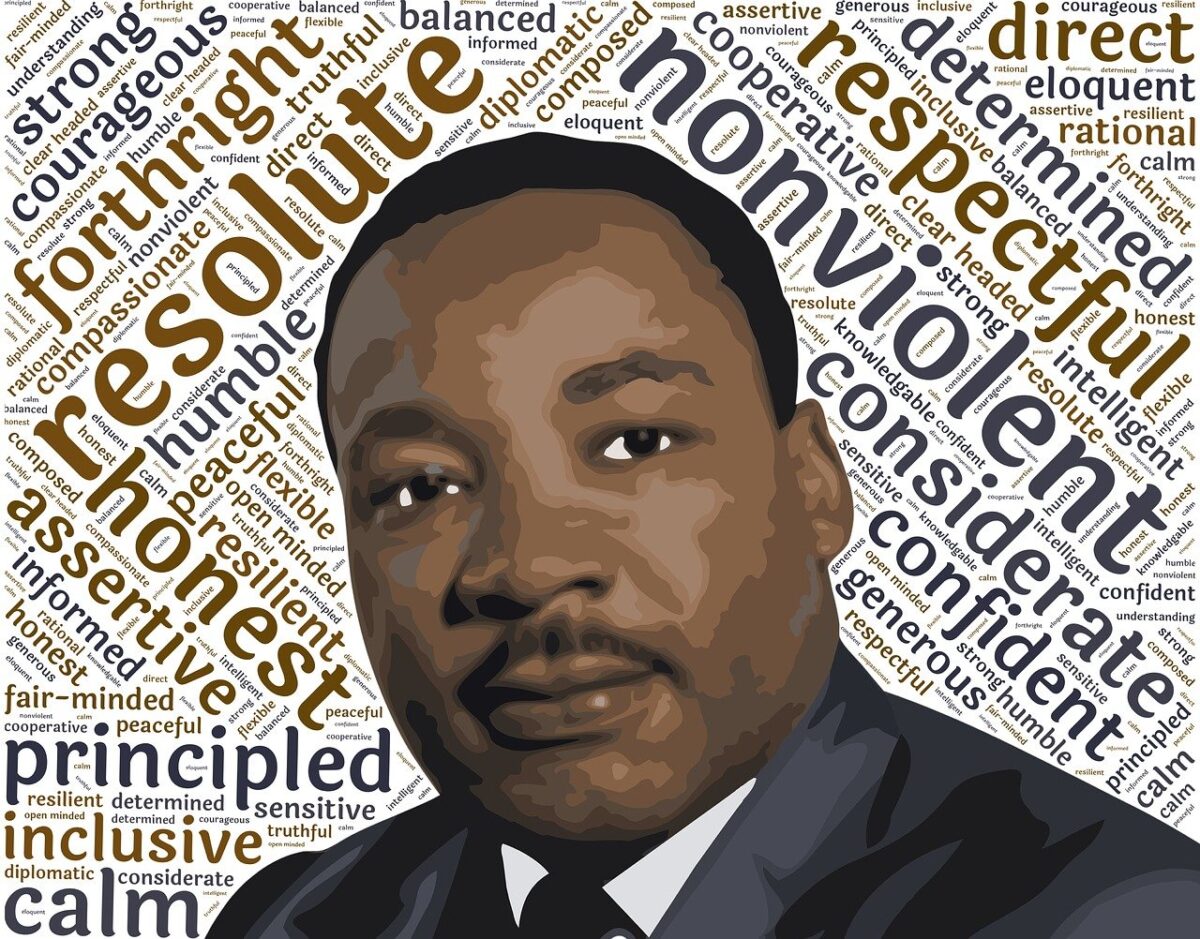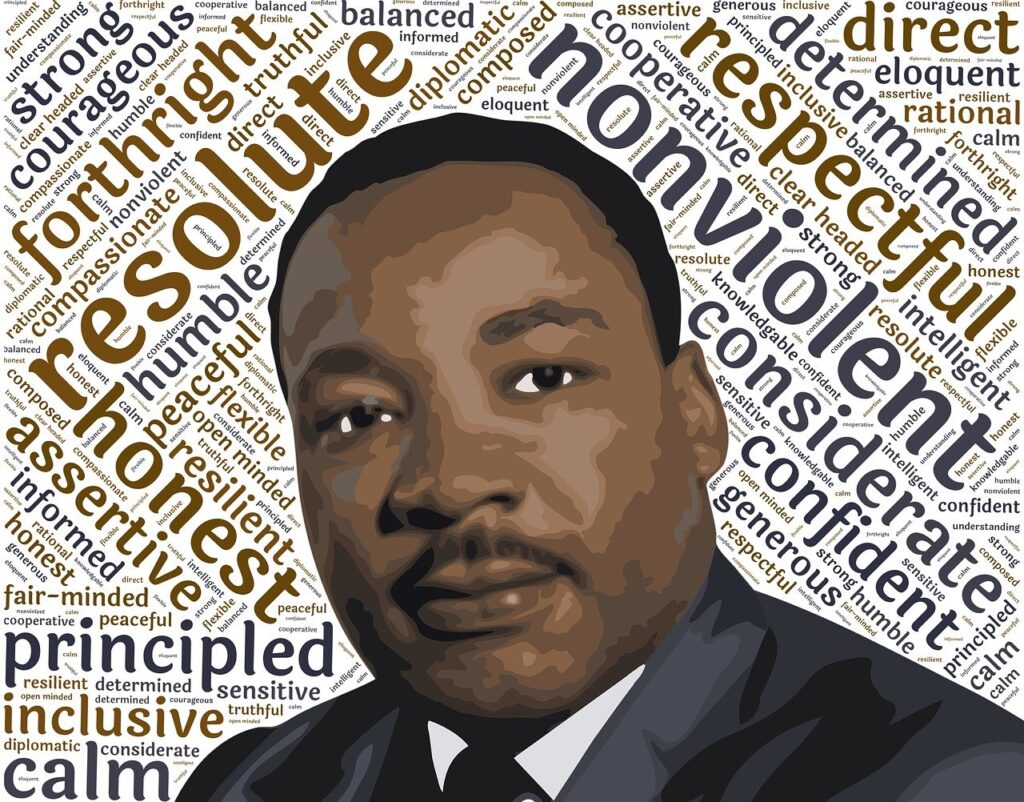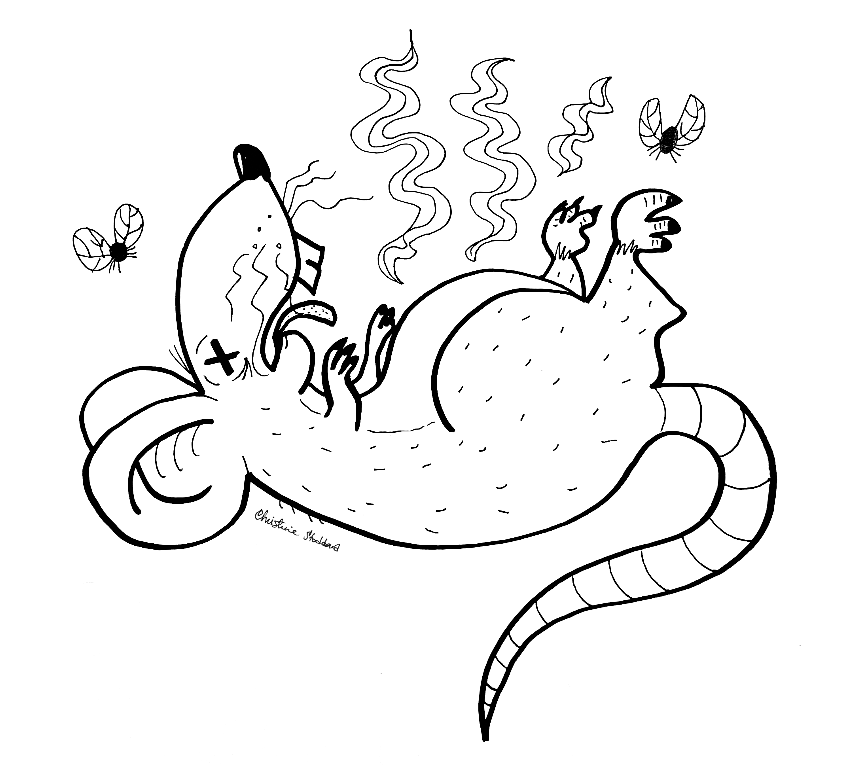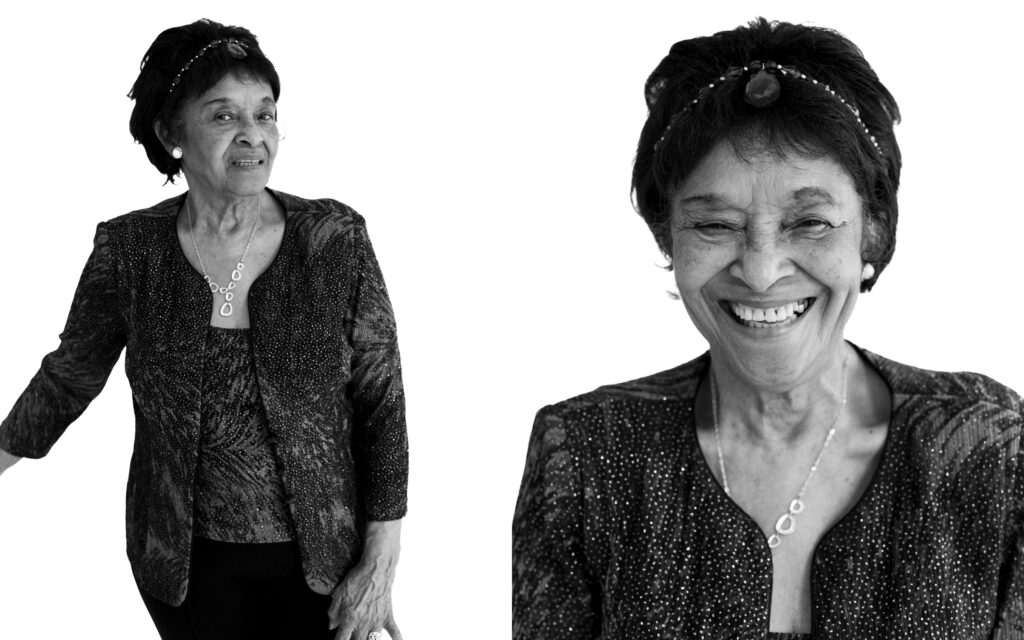Letter to the Editor: I Don’t Dream, I Perform
By GOODW.Y.N. | news@queensledger.com
When I think of MLK, I do not think about what most would consider. Him gallant and proud on in front of the Washington Monument, that day a magnificent assembly gathered to hear him, and many others speak on behalf of not only a segregation-free nation, but a future without systemic racism dividing all humanity. Fast forward through time and you find me as a young girl in Bed-Stuy, walking in a two-lined collection of fellow students on an “unauthorized” trip to Boys & Girls High School—for my 3rd Grade teacher Ms. Walls never sent in a permission slip for us to take home, nor did she even mention that the trip was bound to happen on such and such day and time and we should inform our folks of it. No, this “trip” was actually my first “walk out.” It was a march against the apartheid happening in South Africa. This act was my first taste of radical Pan-Africanism activism—a concept that united all of the African descendants across the globe into one body, one mind, one spirit with one future in mind: freedom for all.
My biological family, who were poor in pocket but also in philosophy either couldn’t or wouldn’t understand how Pan-Africanism related to MLK’s struggle for them and their children’s children, or why it was a necessary deed for us the children of the “lost era,” being swallowed by, urban decay, the War on Drugs (which really was more the war on Black Americans) and every fashion of anti-Blackness there was to throw at a culture: political, economic, social, constructional, you name it we the eighties babies had to not only face it, but swallow it as we tried to dig our way out nail-and-teeth of America’s poverty grave.
And now like an angry “hell-mouth,” we are looking down at the barrel of destruction yet again. I often think now how uninformed we were back then of Palestine’s plight—the conditions of apartheid they were living under back then, and how if we had marched for them as well as South Africa, we might actually be living in an apartheid free future right now. And more importantly from my perspective as a native New Yorker, the Brooklyn of the past—the Brooklyn of pre-gentrification, the Brooklyn that struggled and screamed “We here! We ready!” would still be “presente.” That Brooklyn, its gold-fronted mouth is silenced more and more with each passing day, with each political pen-stroke and budget cut, with each forced move out, and striking affordable housing plan. I pray that this only makes the children more ungovernable and even more determined to spit in the eye of those who dared condescend.
I know so many of us believe that these changes were for the best. But I believe in something greater than that. I believe in the Christopher Wallace/Biggie Smalls swan song that was shouted out throughout the projects of Brooklyn “It was all a dream…” echoing into the empty streets of the borough during those bleak early days of the pandemic. In that moment, I believed that when MLK stated that “You don’t have to have a college degree to serve,” that he meant them, those people, their voices were giving over to the higher power in the Universe in order to enrich all of our lives and we must humble ourselves to that in which can transform the tides of sorrow, into currents of triumph.
A few weeks ago, numerous protestors took to the streets yet again in the name of solidarity for Palestine Others are coming forward in the names of other Black and Brown filled nations that are in turmoil around the world. I am disabled can’t go to the marches like I used to. But I use my works, my art to create space for dialogue, my writing to grow empathy and perspective, my voice to shout out against evil instead of making the mistake of joining it again. I try so hard to resurrect Brooklyn that stood in the face of tyranny so many years ago. But I don’t dream about the “blanket” handholding ending of the Washington Monument anymore. This time, I allow my works to perform action. And with this broken body I still serve on my feet. I take those lessons from Bed-Stuy to the heart, wherever I go.
-GOODW.Y.N.






